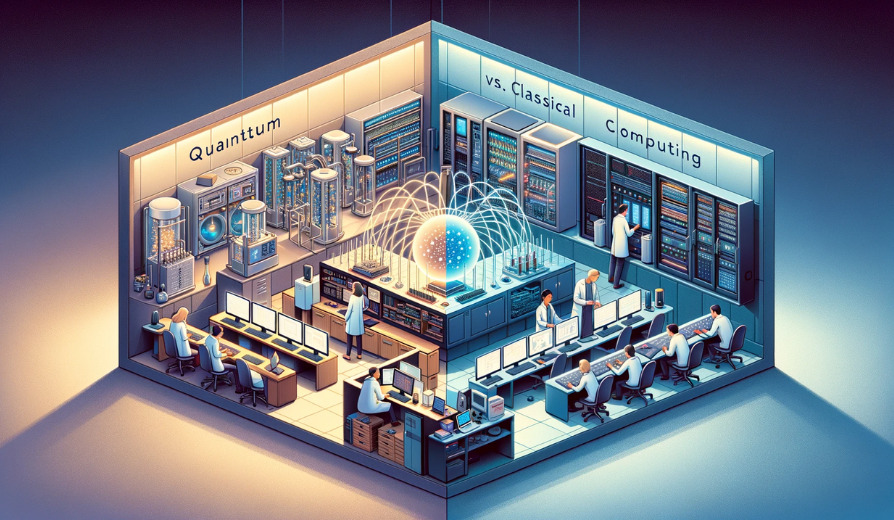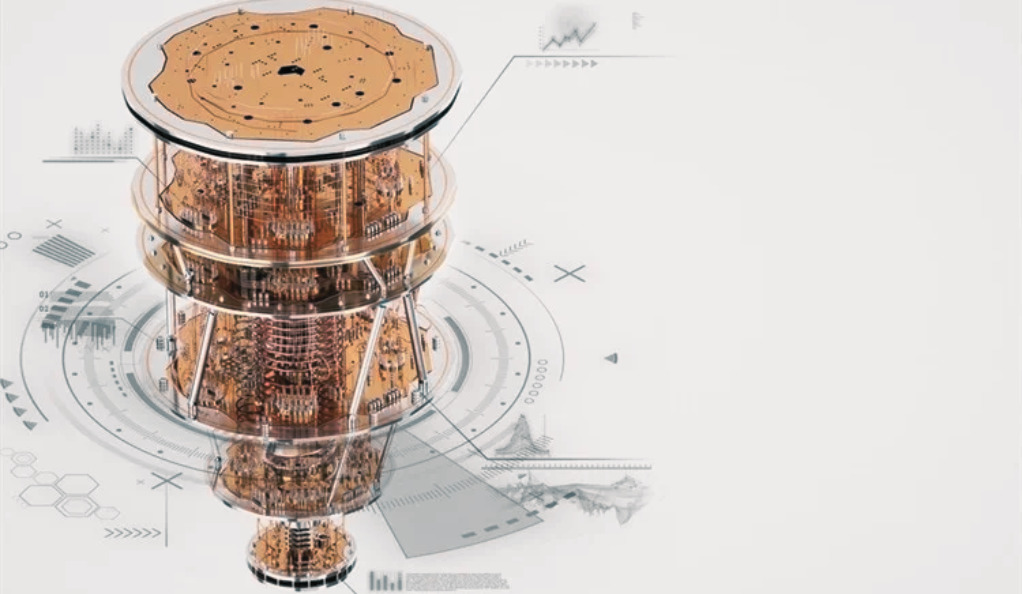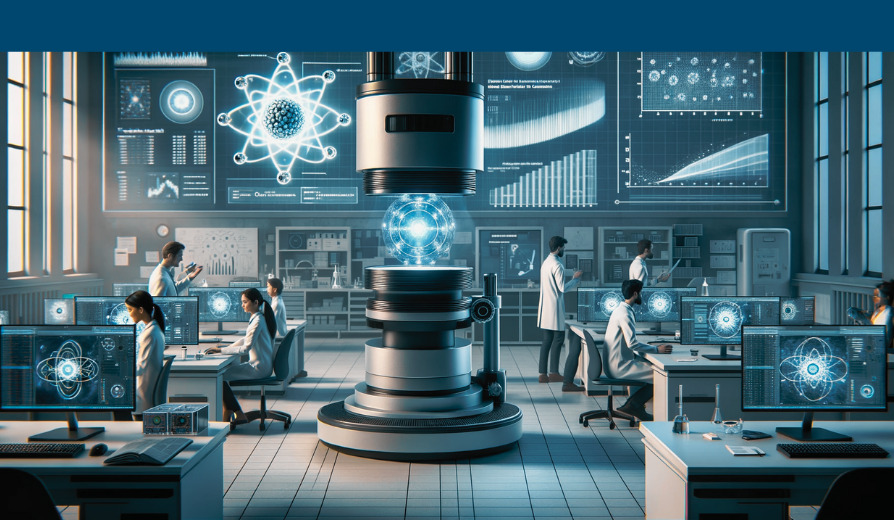In a rapidly advancing digital era, the United States stands at the forefront of innovations in computing. The age-old debate between quantum and classical computing has taken a riveting turn, as researchers unveil groundbreaking techniques.
Quantum vs. Classical: The Age-Old Debate

For years, the tech community has been divided between quantum and classical computing. While classical systems are built on bits that represent a 0 or 1, quantum computing uses qubits, which can represent both 0 and 1 simultaneously. This superposition allows quantum computers to perform complex calculations at speeds previously deemed impossible.
Pioneering Techniques: The Game Changers
American researchers are now introducing methods that are blurring the lines between quantum and classical computing. These techniques harness the strengths of both systems, aiming to achieve unparalleled computational power and efficiency.
- Adaptive Algorithms: Quantum-inspired algorithms are being designed to run on classical systems, maximizing efficiency and speed without the need for a full quantum setup.
- Hybrid Systems: Combining classical hardware with quantum components, these systems offer the reliability of traditional computing with the advanced capabilities of quantum mechanics.
- Enhanced Security: Leveraging quantum principles, new encryption methods are being developed to safeguard data against sophisticated cyber threats.
The Road Ahead
As the United States continues to push the boundaries of what’s possible in the computing realm, the distinction between quantum and classical becomes less pronounced. With these new techniques, the future of computing promises to be faster, more secure, and more efficient than ever before.
Conclusion
The convergence of quantum and classical computing in the US marks a significant milestone in technological advancement. As researchers continue to innovate, the potential applications and benefits of this merger are bound to revolutionize industries and our daily lives.




